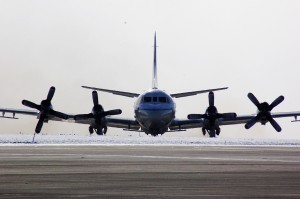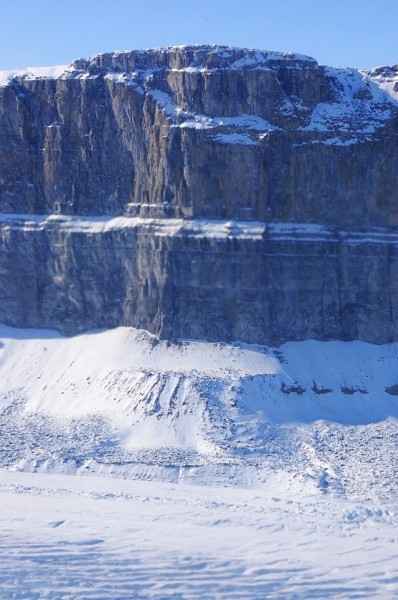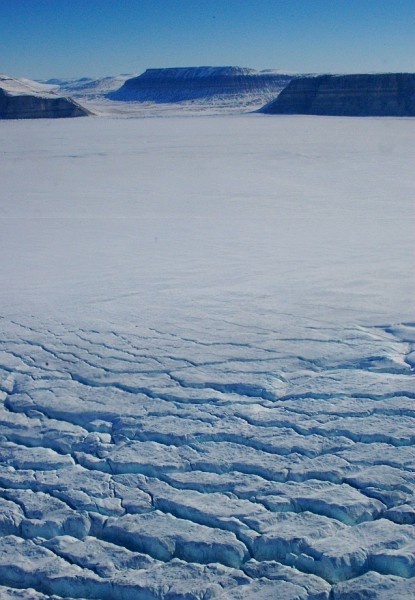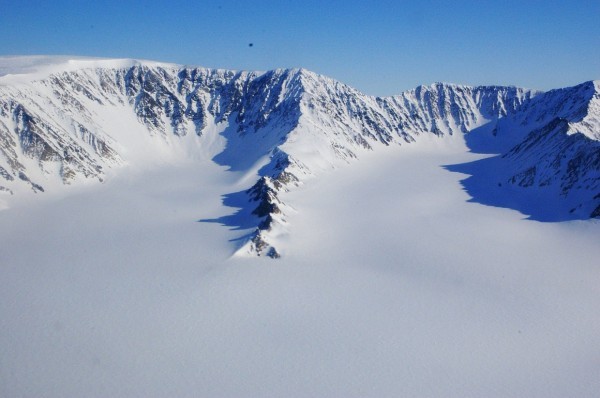Witnessing time – from 445 million year old rocks exposed in the Fjords to ~4 thousand year old small ice caps
By Hakim Abdi, LDEO. My first flight on the P3 and the scenery was nothing short of breathtaking. The science mission involved flights in the north over the Steensby glacier that passes through Sherard Osbron Fjord, and Ryder glacier constrained by the Victoria Fjord. In northeast Greenland we overflew the Hagen glacier and the Flade… read more
May 15, 2011





